Famous Austrian modernist Gustav Klimt provided a source of inspiration for many artists. We’ve already examined the works of the painter who refers to Klimt’s manner to convey her view on the problems of femininity. This time, we share with all the devotees of Klimt the paintings of Ukrainian-born artist Irina Karkabi. Their decorativeness and a recurring spiral motif that is distinctive for Klimt inevitably bring to memory the golden phase of this artist. Yet the main parallel with the Austrian symbolist is the theme of love and lovers prevailing in Irina’s paintings.

Fig. 1. catherinelarosepoesiaearte.com

Fig. 2. catherinelarosepoesiaearte.com
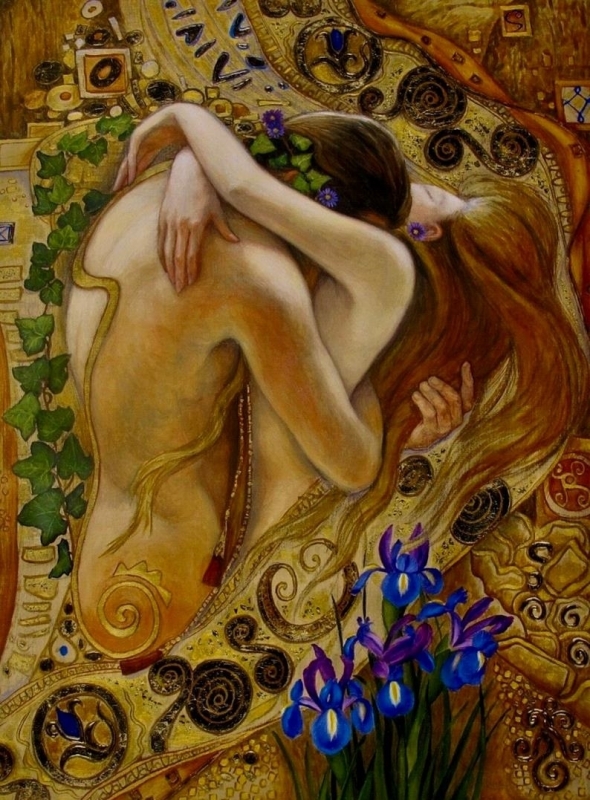
Fig. 3. catherinelarosepoesiaearte.com
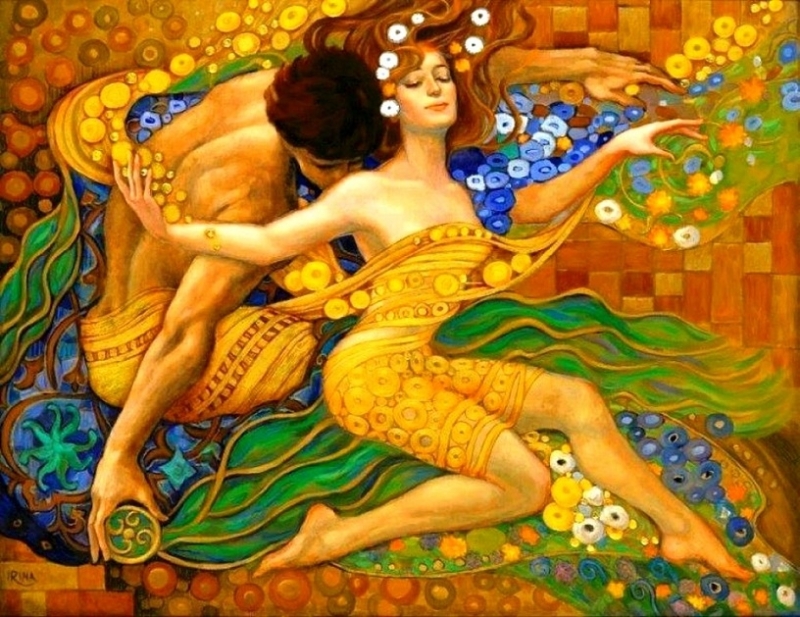
Fig. 4. catherinelarosepoesiaearte.com

Fig. 5. catherinelarosepoesiaearte.com
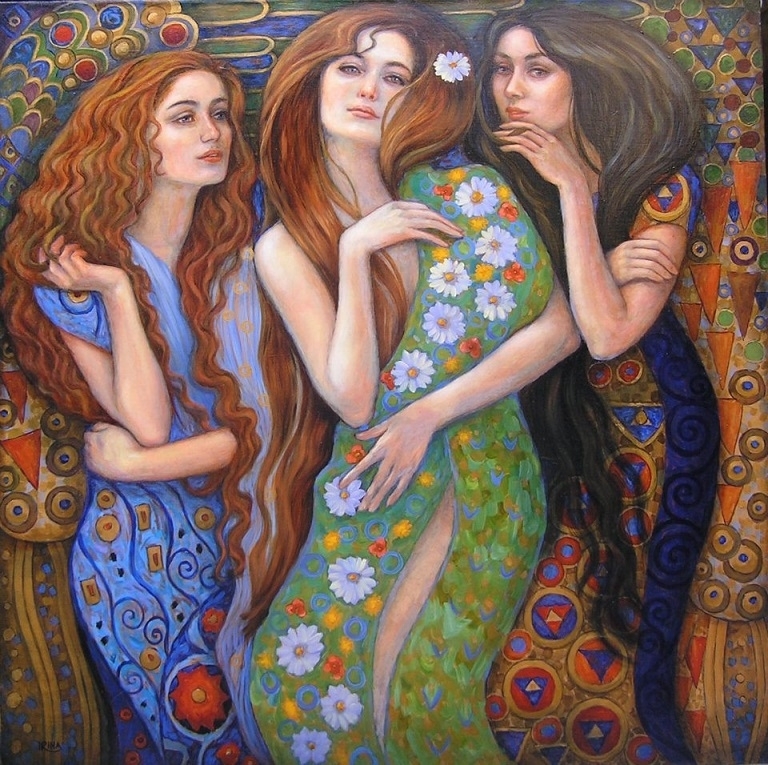
Fig. 6. catherinelarosepoesiaearte.com
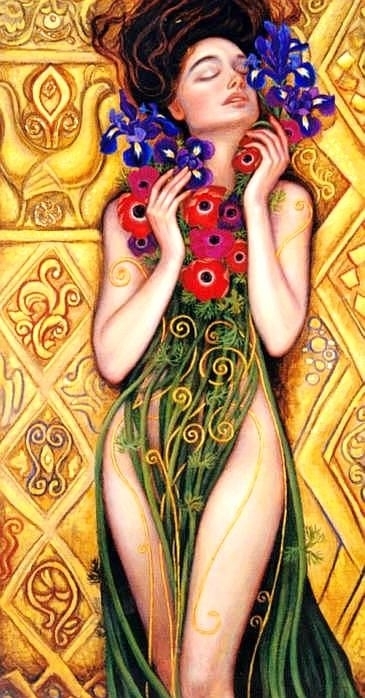
Fig. 7. catherinelarosepoesiaearte.com
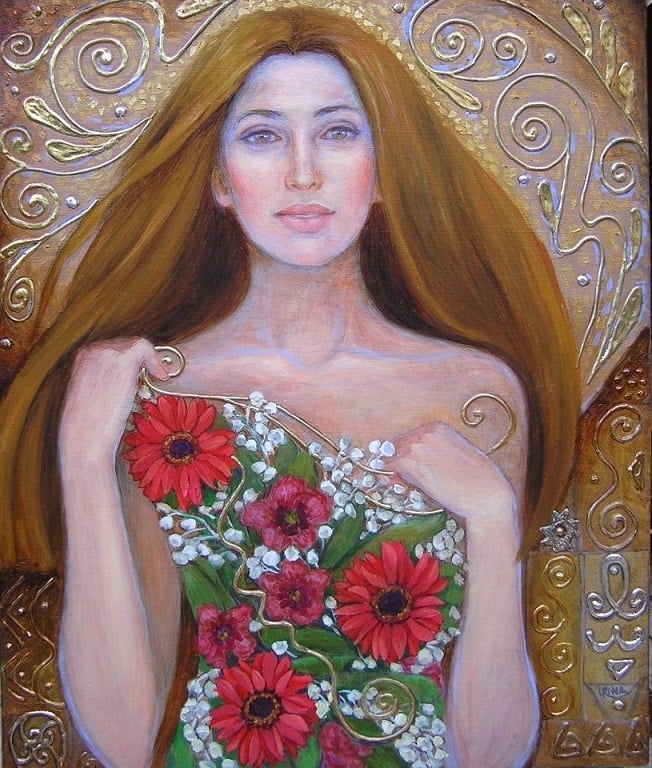
Fig. 8. catherinelarosepoesiaearte.com
Irina Karkabi was born in 1960 in Ukraine. In 1982, after graduation from the Academy of Fine Arts in Saint Petersburg, Russia, she moved to the north of Israel. At the beginning of her career, Irina worked as an illustrator of children’s books and a poster designer. Her medіа are exclusively oil on саnvas. The paintings in this article relate to her earlier period of the Golden Romance collection, as Irina states on her Facebook page. Now she works in the genres of landscape and portrait. Her paintings are exposed in British and American galleries and also саn be found in private collections.

Fig. 9. catherinelarosepoesiaearte.com
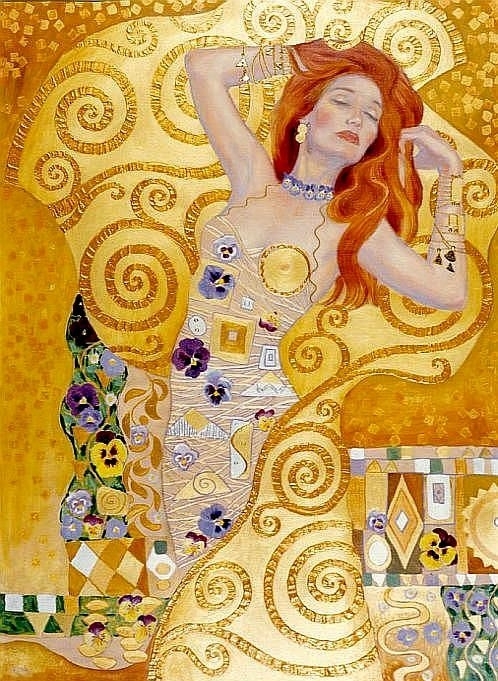
Fig. 10. catherinelarosepoesiaearte.com

Fig. 11. catherinelarosepoesiaearte.com
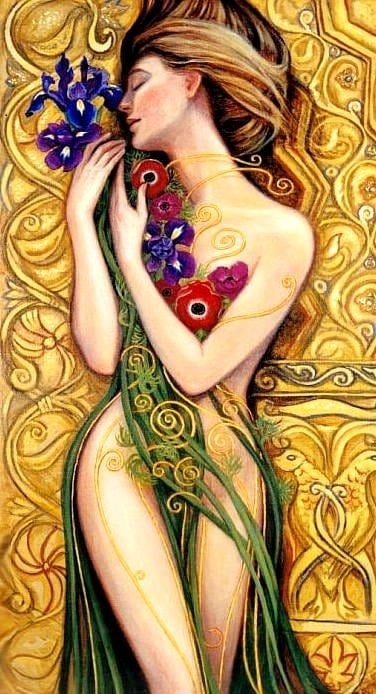
Fig. 12. catherinelarosepoesiaearte.com
Without Salome
In her ode to Klimt, Irina doesn’t depict the ѕexual act itself, hiding the most intimate parts under different modernist patterns. Like in the images of the Austrian artist, we see couples embracing and kissing or ѕtгᴜɡɡɩіпɡ with each other. In these pictures, partners are often portrayed as dealing with mutual attraction and antagonism of Tristan and Isolde’s kind. Irina shows us a similar type of woman with long and fleecy hair as in Klimt’s pictures. Richly decorated, these divas acquire a traditional symbolic meaning and embody ancient goddesses, virtues like love, hope, and faith, or spring, maternity, and life in general. Unlike in Klimt’s oeuvres, there’s no femme fatale, Judith or Salome. The only females that саn be characterized this way are depicted in a manner closest to Klimt, with patterned dresses and red hair (fig. 10, 11). At the same time, golden spirals in the background refer to those in The Tree of Life, and violets add to the painting their traditional meaning of purity and modesty.
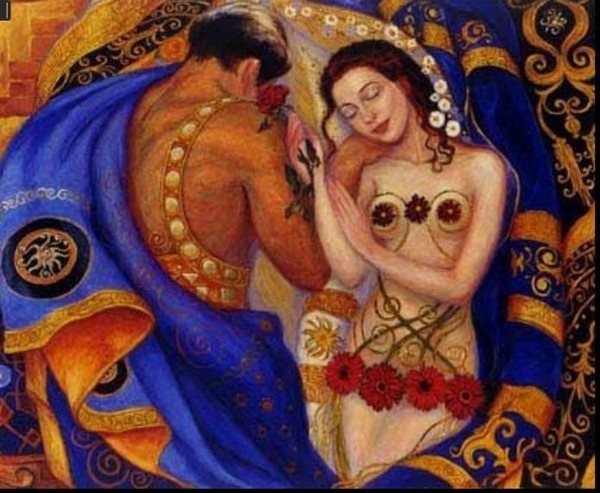
Fig. 13. catherinelarosepoesiaearte.com
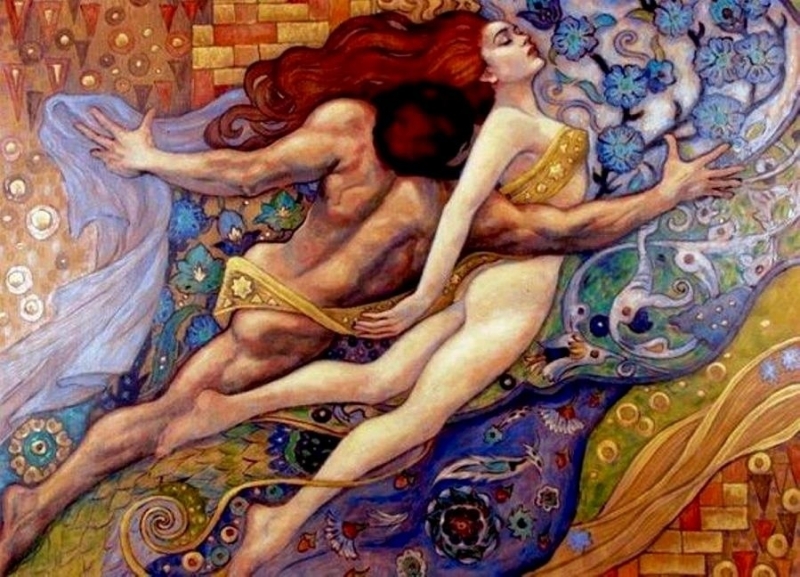
Fig. 14. catherinelarosepoesiaearte.com
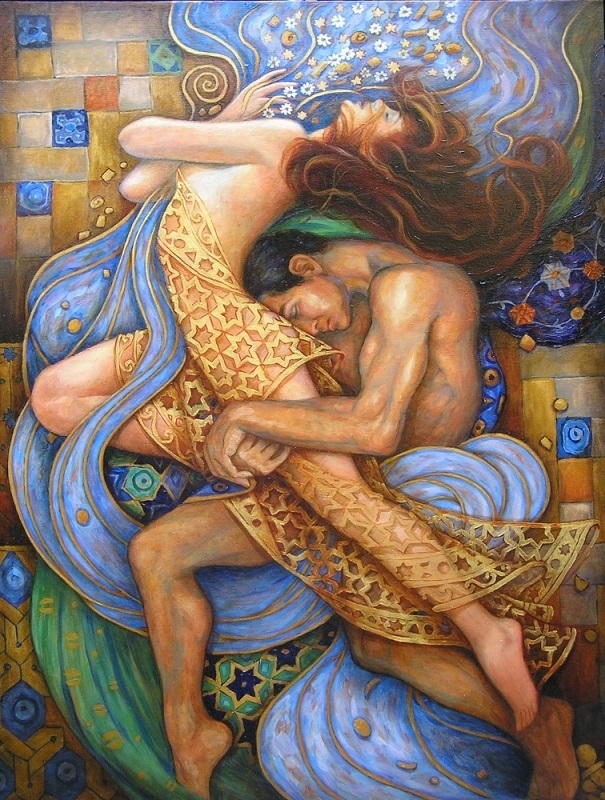
Fig. 15. catherinelarosepoesiaearte.com
